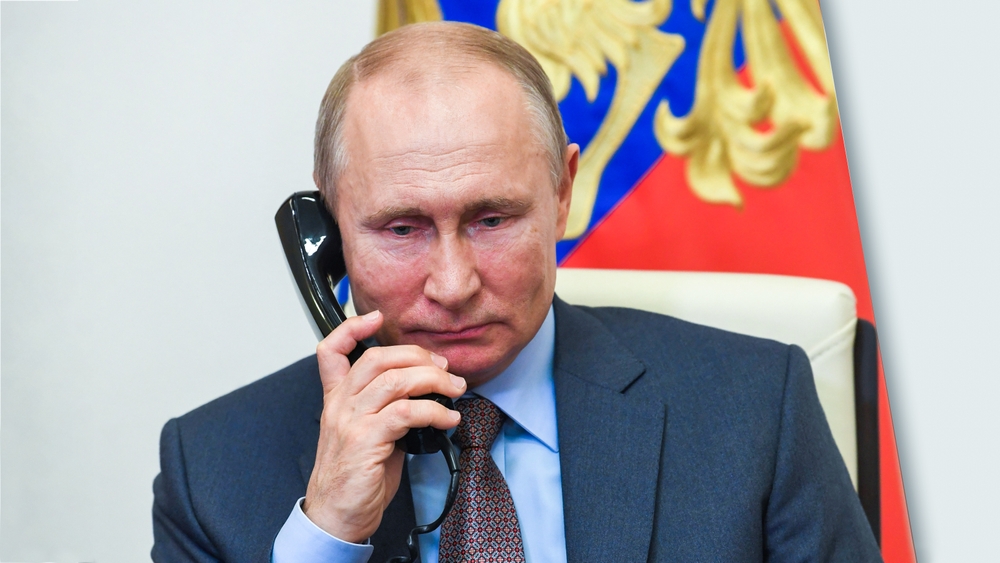Esteemed designers of key military hardware have passed away.
Others are reading now
As Moscow’s war in Ukraine enters its 30th month, it becomes increasingly clear that the Russian military is facing a severe crisis in armament supplies.
“Soon There Will be no one Left to Replace us.”
Experts assert that the foundation of Russia’s military, heavily reliant on Soviet-era equipment, is crumbling without adequate successors, according to Ziare. The esteemed designers of key military hardware like the Su-34, MiG-29, IL-76, Iskander missiles, Kalibr systems, and BMP combat vehicles have passed away, leaving a void that is challenging to fill.
A report by the Pulaski Foundation sounds an alarm: “We are dying. Soon there will be no one left to replace us.” This crisis is exacerbated by the lack of qualified successors with the same expertise and talent.
The new generation of designers is not matching up to their predecessors, impacting the quality and reliability of Russian military equipment. Many current armament programs are based on designs from the 1980s, highlighting a dependence on outdated technology.
Also read
The notable figures like Mikhail Simonov, Sergey Nepobedimiy, Ivan Mikoyan, Genrikh Novozhilov, Rollan Martirosov, Pavel Kamnev, and Aleksandr Blagonravov, who developed these key systems, have died in the past decade.
Their loss is significant as their creations form the backbone of the Russian armed forces, with no refined successors ready to take their place. Unlike in the West, where institutional knowledge and numerous educated successors ensure continuity, Russia struggles to maintain its armament capabilities.
A Significant Brain Drain
In response, the Kremlin has announced large educational programs, including the establishment of 30 new universities aimed at training engineering personnel. However, the ongoing war and Western sanctions have led to a significant brain drain, with around 700,000 people leaving Russia since 2022. This exodus includes highly skilled young specialists, further straining the country’s ability to innovate and maintain its military prowess.
The death of experienced Soviet-era engineers translates to a decline in the quality of Russian arms projects. Post-Soviet developments have often proven to be crude and unreliable. While some sectors, like strategic air forces and hypersonic weapons, continue to develop without major setbacks, they are exceptions.
The general trend in the Russian defense sector is the rehashing of old projects from the 1980s, such as the T-14 Armata tank, which is essentially a modern realization of a late Cold War concept.
In contrast, the United States continues to implement modern armament types like the F-35 aircraft, B-21 bomber, V-280 helicopter, M10 Booker tank, and M30 infantry fighting vehicle.
These new developments underscore a forward-looking approach, unlike Russia’s repetitive upgrades of equipment with exhausted modernization potential.


